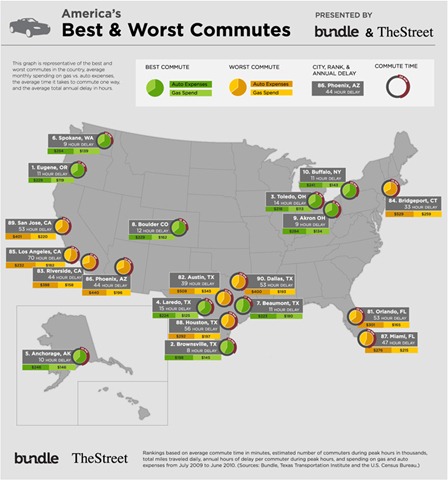LOL, child our Labor Rates are stupid at best.
You poor kids......across the board tax cuts would indeed create jobs.
Let everyone keep more of their OWN money and they spend more......they buy more....demand rises.....Businesses must create more to keep up......they hire more so that they can create more.....you lefty's are too stupid to understand business.
wrong ^^^^^^^^^^^^^^^^^^^^^^^^^^^^^^^^^^^^^^^
trickle down economics has a history of SHORT TERM GAIN ... LONG TERM FAILURE.
^^^^^^^^^^^^^^^^
Wrong trickle up poor is a disaster in the making if it goes on steroids.
We went to fucking 1 and 3 jobs are part time under Obama..
1. Cutting the top tax rate does not lead to economic growth.
This graph shows the fluctuations of the real GDP growth rate over the period, indicating the performance of the U.S. economy as a whole. It is true that growth increased drastically after the 1982 tax cut, reaching as high as 7.3% in 1984. However, as the Reagan-Bush, Sr. administrations went on and taxes for the rich were slashed even further, growth fell to negative levels during 1991, at the heart of the last recession. And, two of the three years with the highest growth were during the 1950s, when the top tax rate was 91%. Overall, there seems to be no close relationship between the top tax rate and the GDP growth rate, and statistical analysis backs this up: the correlation coefficient between the two variables is 0.03, meaning that there is essentially no connection. (If tax cuts were strongly related to GDP growth, we would see a coefficient close to -1.) So much for upper-class tax cuts boosting the economy; now it's on to median income growth.
2. Cutting the top tax rate does not lead to income growth.
Again, we see inconclusive evidence for the power of tax cuts. We do see small peaks in median income growth, a good measure of how the average American household is doing, after top-bracket tax cuts in the mid-1960s and early 1980s, but we also actually see income decreases after the tax cuts of the late 1980s, and strong growth after the tax increase of 1993. It is true that in the year with the worst median income decrease (3.3% in 1974), the top tax rate was 70%. However, it was also 70% in the year with the highest median income growth (4.7% in 1972)! Once again, the lack of connection between the two measures is backed up by a correlation coefficient near zero: 0.06, to be exact. And yes, yet again, the coefficient is positive, indicating that income has gone up slightly (though negligibly) more in years with higher taxes. Two strikes. How about hourly wages?
3. Cutting the top tax rate does not lead to wage growth.
Not surprisingly, we have mixed results yet again! Growth in average hourly wages did increase during the 1980s following the first Reagan tax cuts, albeit two years after the cuts took effect. But, just like GDP growth and median income growth, hourly wages decreased following the late 1980s tax cuts, and spiked upwards after the 1993 tax increase.
Furthermore, wages grew at a level of at least 1%, and usually much more, all throughout the period when the top income tax rate was 91%. In fact, it isn't until 1972 that we see a wage growth rate of less than 1%. However, if we look at the 19 years of the study period when the top tax rate was 50% or less, we see that 8 of the years saw an increase in wages of less than 1%. Thus, it seems that hourly wages grew more when taxes were higher - indeed, the correlation coefficient is 0.34, indicating a mild positive relationship between higher taxes for the rich and higher hourly wages. This finding flies in the face of the conservative theory. As if that's not enough, now let's see about what President Bush claimed would be the biggest result of tax cuts - job creation.
4. Cutting the top tax rate does not lead to job creation.
Here, we see the change in the unemployment rate laid against the top tax rate from 1954 to 2002. Thus, negative values signify a decrease in unemployment -- in essence, job creation. Once again, while the top tax rate trends downward over the period, the annual change in unemployment doesn't seem to trend at all! Although the largest increase (2.9%) did occur in 1975, when the top marginal tax rate was 70%, three of the four largest decreases in unemployment occurred in years when the top rate was 91%. The mixed results do not bode well for those who see tax cuts for the richest as a sparkplug to incite job growth. The correlation coefficient between the variables here is 0.11 -- meaning that there have been slightly more jobs created in years with lower top tax rates, but this pattern is negligible -- nowhere near strong enough to signify a relationship.
trickle down fail !






